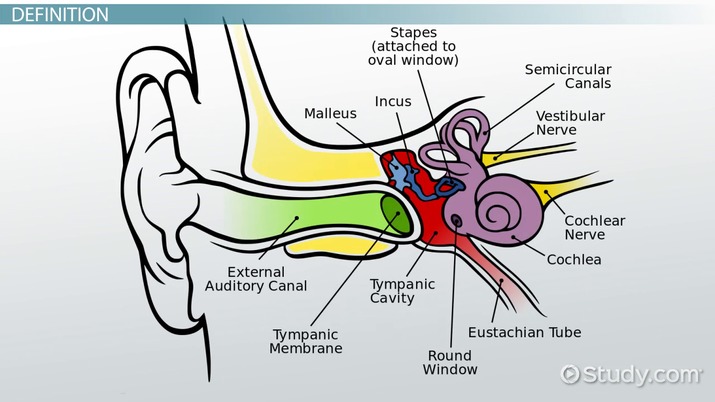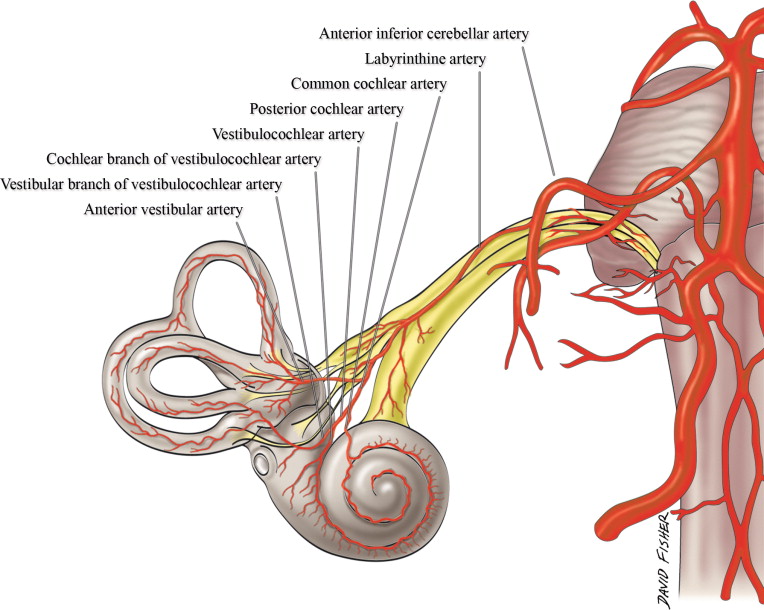
The vestibulocochlear nerves originate in the central ear at the base of the skull and exit through the external auditory meatus
The cochlea is situated between the auditory and vestibular nerves. The cochlea produces sound by sending small hair cells called ganglion cells to the inner ear. The vestibular system secretes hormones that trigger signals to the neurons. This is what enables us to hear and move our hands.
The central part of the auditory nerve begins at the cranial endoluminal angle of the skull and branches from the central auditory nerve at the cricoarymmal level of the middle ear. In the external auditory canal, the cochlea produces tiny hair cells called ganglion cells, which move out to the inner ear, where they make sound. The vestibular system secretes hormones that trigger signals to the neurons in the cochlea and brain. This is what enables us to see and move our hands. In addition, the vestibular system also secretes fluid in the ear that cushions and maintains the delicate cartilage, bones, and cartilage-secreting structures.
When the brain receives an image of a sound or movement, it translates this into a corresponding signal, which is interpreted by the vestibular system and sent to the hearing nerve in the inner ear. The vestibulocochlear nerves send a signal directly to the cochlea, bypassing the cochlea completely, and allowing information to pass through to the brain without delay.
The vestibular nerves are sensitive to a wide range of stimuli including light, sound, temperature, and emotional states. When they detect a specific stimulus, they send a different type of nerve fiber to the auditory area of the brain than they send for other areas. The result is that, if you move your head or turn your head, the brain interprets this as an auditory cue, so it triggers a particular type of nerve to send a signal to the auditory nerve in the outer ear, bypassing the cochlea and the rest of the body.
A particular type of vestibulocal nerve that transmits information to the central auditory nerve is called the cochleoptomastoid. nerve. This nerve begins at the inner ear, goes down through the auditory canal to the inner ear, and then branches to the head of the cervical spinal cord.

The vestibule endings at the cochlea's head are attached to the cochlea cilia
They form hair cells, which, when stimulated, generate an electric signal that travels along the nerve to the head of the auditory nerve, bypassing the cochlea and head. It then travels to the central auditory nerve, where it sends an electrical signal to the auditory center of the brain.
Vestibular endings at the ear's outer ear are also connected to the cochlea cilia and are not sensitive to sound and light. When the head of these hair cells is stimulated, a slight pressure is exerted on the nerve, which results in a tiny electric current.
The vestibular system is designed to detect any sound waves and transmit signals to the brain. In addition to the vestibula, there is a small region near the ear called the perifollicular vestibular nucleus. This area is covered with hairs that are sensitive to sound and light. The vestibular ganglia, which is located between the ear and skull and is responsible for coordinating the movements of muscles of both the face and neck, also plays an important role in transmitting sound and light signals.
The vestibular nerve is the connection point between the head of the auditory nerve and the auditory center of the brain. Because it has so many branches, this nerve is one of the more complex cranial nerves. There are approximately fifty thousand sensory endings and approximately two hundred and forty branches.
It is possible to damage or destroy this nerve by causing injury to the auditory nerve by accident, by directly striking it with a finger, or by cutting it. A pinna (also called a pinnaectomy) is one of the most common types of surgery used to treat auditory nerve damage. If the auditory nerve is damaged, it will be necessary to reconstruct it. Surgery may also be required to treat damage to the vestibular endocrine glands, which are responsible for producing hormones and chemicals related to hearing. the inner ear.
There are three ways that this sensory branch of the auditory nerve is injured, each potentially causing permanent damage. The first method is caused when the auditory nerve becomes entrapped within the cochlea, which can be a complication of ear cancer. The second method is caused by blunt trauma, which can occur from loud noises, such as when playing a musical instrument, running, or speaking loudly. The third method is due to a lesion or tumor on the inner ear, which may block the auditory nerve, resulting in hearing loss.
